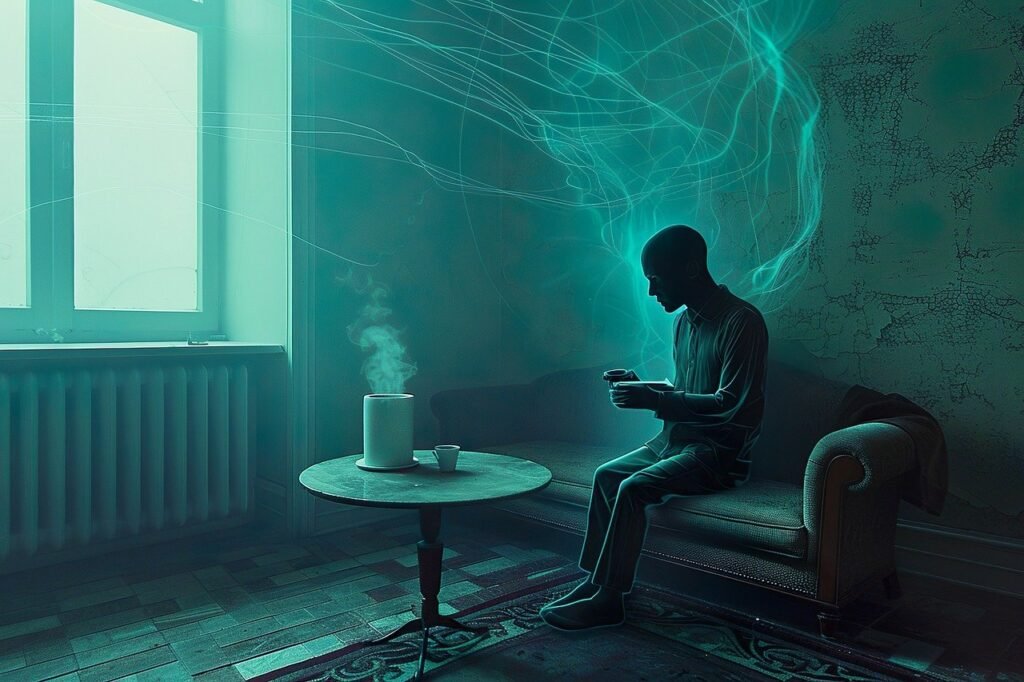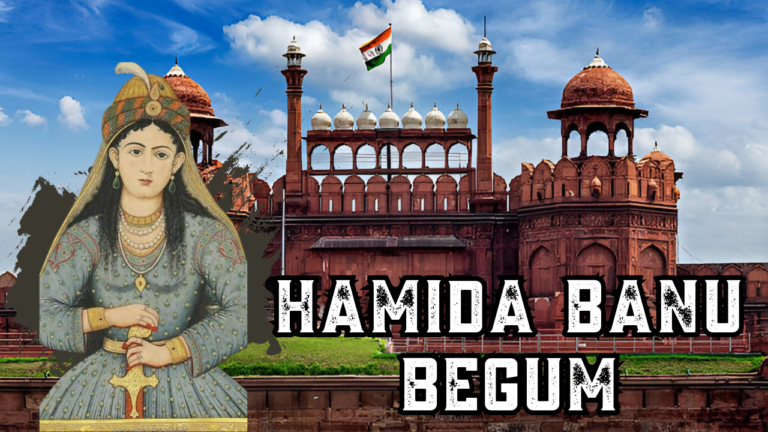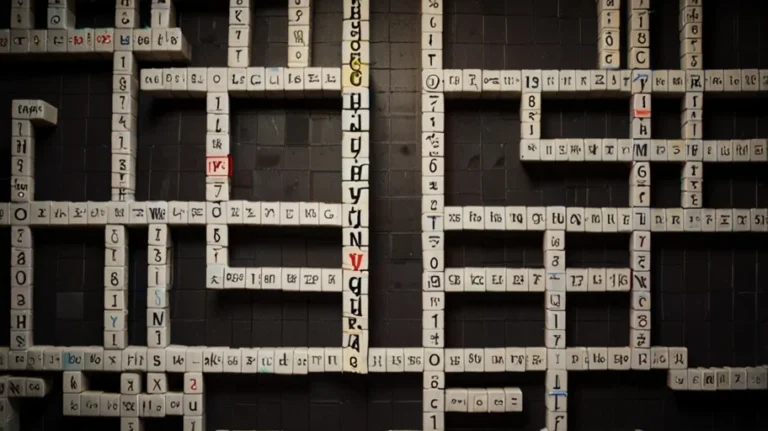
In the vast world of fiction, where themes of passion, despair, and unexpected relationships intertwine, few narratives spark intrigue like the phrase: A depressed kendo player possesses a bastard aristocrat. This concept encapsulates a unique blend of emotional turmoil, martial artistry, societal dynamics, and an unusual bond between two seemingly opposite individuals.
This article delves deep into the potential elements of such a story, exploring the characterization, thematic depth, and narrative possibilities.
The Depressed Kendo Player: A Portrait of Inner Struggle
Kendo, the Japanese martial art of swordsmanship, is often regarded as a path of discipline and personal growth. For many practitioners, it is a journey toward mastery of both the sword and the self. However, when a kendo player grapples with depression, this noble art can become a double-edged sword, reflecting their internal conflict.
Characterization of the Kendo Player
- Passion Turned Burden: Perhaps this kendo player was once passionate about the sport but now finds it a hollow shell of its former glory. Training, which once provided solace, has become a source of frustration.
- Isolation: The solitary path of mastering kendo might amplify their feelings of loneliness. This isolation could be both self-imposed and societal, as the stigma surrounding mental health persists.
- A Drive for Redemption: Despite their struggles, the kendo player might yearn for a way to reclaim their sense of purpose, setting the stage for a transformative journey.
Themes of Depression in Martial Arts
Depression among athletes is not uncommon. The rigorous demands of training, the pressure to succeed, and the weight of expectations can lead to burnout. In this narrative, the kendo player’s depression could symbolize the struggle many individuals face when their passion becomes their prison.
The Bastard Aristocrat: A Symbol of Rebellion and Resilience
Enter the aristocrat—someone born into privilege but burdened by the stigma of illegitimacy. Being a “bastard” in aristocratic societies often carries a heavy weight, as lineage and legitimacy are paramount. This character’s life might be a constant fight against societal rejection and the expectations tied to their noble bloodline.
Characterization of the Aristocrat
- A Rebel with a Cause: Unlike traditional aristocrats who bask in luxury, this individual might reject the constraints of their upbringing, forging their own path.
- Strength in Adversity: Despite their struggles, they exhibit resilience, challenging societal norms and proving their worth beyond their birthright.
- A Complex Personality: Their dual identity—noble yet ostracized—could create a rich, multi-layered character who is both vulnerable and fiercely independent.
The Unlikely Bond Between the Two
The narrative truly takes shape when the depressed kendo player encounters the bastard aristocrat. Their relationship, forged in adversity, becomes the heart of the story.
How They Meet
- A Chance Encounter: Perhaps their paths cross in a dojo or during an event where the kendo player’s skills are displayed. The aristocrat, intrigued by the player’s melancholy, initiates a conversation.
- A Shared Struggle: Both characters are outcasts in their own way—one by choice, the other by circumstance. This shared sense of alienation could become the foundation of their bond.
Dynamic of Possession
The phrase “possesses” can be interpreted in several ways:
- Literal Possession: The kendo player might take the aristocrat under their wing, becoming their protector or mentor in a harsh world.
- Symbolic Possession: The aristocrat might represent a source of purpose for the kendo player, pulling them out of their depressive spiral.
- Mutual Transformation: Through their connection, both characters could undergo profound changes—learning, healing, and rediscovering their identities.
Themes Explored in the Narrative
This story concept opens the door to a plethora of themes that resonate with universal human experiences:
1. Redemption Through Connection
The kendo player, lost in their struggles, finds a reason to fight again—both literally and metaphorically—through their bond with the aristocrat.
2. Societal Expectations and Rebellion
The aristocrat’s illegitimacy challenges traditional notions of nobility, mirroring the kendo player’s defiance of the expectations placed upon them.
3. The Power of Vulnerability
Both characters, though flawed and broken in their own ways, discover strength in their vulnerability, creating a narrative of healing and mutual empowerment.
Possible Story Arcs
Arc 1: A Journey of Healing
The kendo player, initially reluctant to form any attachments, gradually opens up to the aristocrat’s unwavering determination to prove their worth. Together, they embark on a journey of self-discovery and healing, finding strength in each other.
Arc 2: Facing External Challenges
Their bond is tested by external forces—perhaps societal pressures, rivalries, or an antagonistic noble family seeking to undermine the aristocrat. The kendo player’s skills and the aristocrat’s cunning become their tools for survival.
Arc 3: Embracing a New Purpose
By the end of the narrative, both characters have undergone significant growth. The kendo player rediscovers their passion for life and kendo, while the aristocrat proves their value as an individual beyond societal labels.
Conclusion
The phrase a depressed kendo player possesses a bastard aristocrat weaves a tale of despair, defiance, and redemption. It combines the emotional depth of mental health struggles with the excitement of martial artistry and the complexities of aristocratic life. Such a narrative not only entertains but also offers profound insights into the human condition, reminding us of the power of connection and the resilience of the human spirit.
Wouldn’t it be fascinating to see this story brought to life, whether in a novel, manga, or film? It’s a tale waiting to be told, with characters whose struggles and triumphs resonate across cultures and genres.







